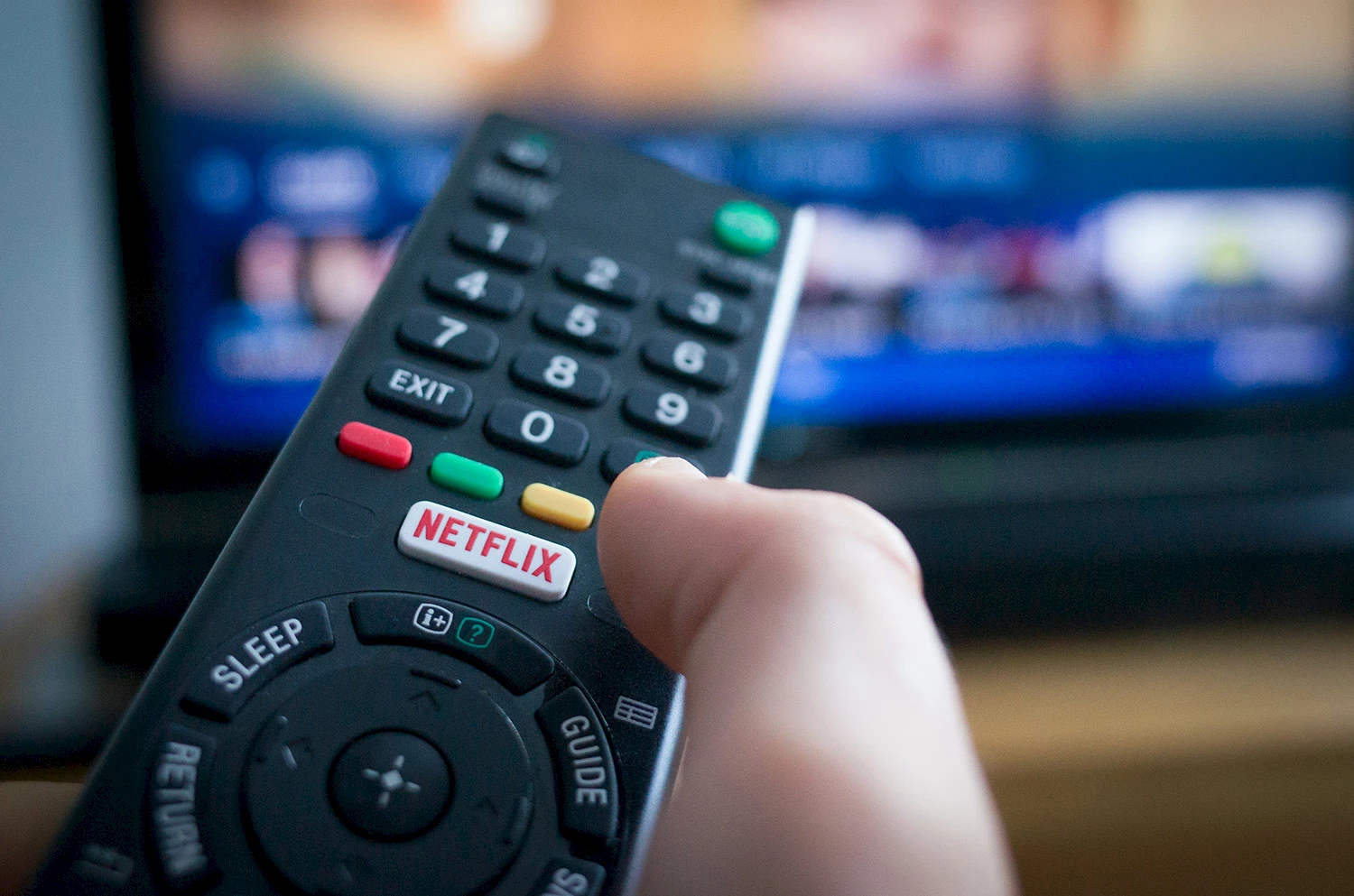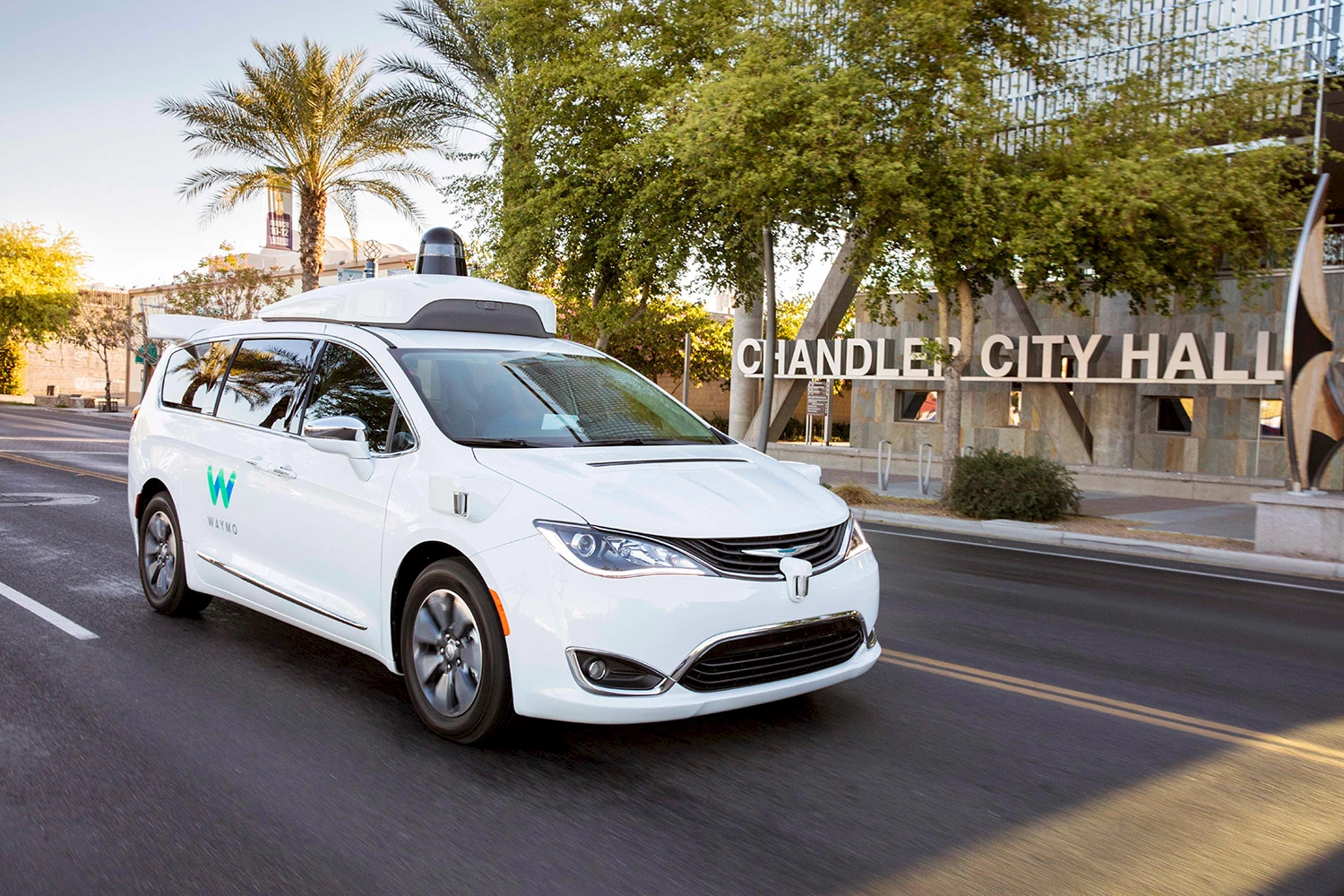Weekly Tech Recap - № 187 - Wi-Fi 6, lethal selfies, Netflix, HP’s Spectre Folio, driverless taxi

Wi-Fi version numbers

The Wi-Fi Alliance’s logo for Wi-Fi 6. © iStock/Wifi Alliance.
The WiFi Alliance consortium has revised its naming conventions for Wi-Fi standards to make them easier to tell apart. Until now, the versions had convoluted names such as 802.11ac or 802.11g, which were difficult to memorize. Going forward, we’ll have a simpler, more intuitive version number, which will make it easier to tell that Wi-Fi 5 (802.11ac, the current version) is more powerful and recent than Wi-Fi 4 (802.11n, the older standard dating back to 2009). The upcoming standard (802.11ax) will be rebranded Wi-Fi 6. Consumers will encounter these new naming conventions starting with the Wi-Fi 6 compatible routers being released over the next year.
⇨ The Verge, “Wi-Fi now has version numbers, and Wi-Fi 6 comes out next year.”
Lethal selfies

Last selfie. © iStock.
A group of health researchers in India have tried to tally the death toll from selfie taking, counting 259 deaths worldwide from October 2011 to November 2017. This probably underestimates the casualties, as the researchers went only from news reports. The top three causes of death were, in order, drowning (carried away by riptides, falling off a boat, slipping off a shore or a bridge, etc), transportation related (mostly being hit by trains), and falling off of things, such as a cliff edge or a balcony. Unsurprisingly, the death rate increased over the reference period, with just a few reports in the first few years, and nearly 100 each in 2016 and 2017. As is the case for most accidental deaths, men were overrepresented, accounting for 72.5% of the fatalities. The mean death-by-selfie age was 23 years old, and the vast majority of deaths befell those aged 10 to 29. The US stands out by its number of selfie fatalities involving firearms. Handling a loaded gun while loading a photo to Instagram—not a good idea.
⇨ The Verge, “Here are the top ways people die while taking selfies and ‘being cool’.”
Video dominates the Internet

© iStock.
According to a report by Sandvine, 15% of the total volume of data traffic is consumed by Netflix—an indicator of how video dominates the internet. And right behind Netflix’s number-one position worldwide--yet more video services. In second place, with 13% of the bandwidth, is what Sandvine calls the “HTTP Media Stream” category that includes streaming services and video messaging traffic. Coming in third with just about 11percent, YouTube. Add to that MPEG-TS and Amazon Prime, which comes in seventh with 3.7%, and you’ve already used up 45% of the bandwidth for streaming. Good old HTTP surfing on a browser now only makes up 3.2% of all data.
⇨ Sanvine, “The Global Internet Phenomena Report, 2018 [PDF].”
⇨ Mashable, “Netflix consumes 15 percent of the world’s internet traffic, report says.”
The challenge of regulating self-driving cars

A Waymo customized Chrysler Pacifica Hybrid. © Waymo.
Waymo, Google’s self-driving car project, is planning to launch a driverless taxi service in the next three months. Waymo cars have been designed autonomously, without government input or testing. These cars will first appear in Phoenix, where driverless-car makers aren’t obligated to file their road-test results, the streets are wide, pedestrians don’t abound, and no weather conditions interfere with the joy of sitting in traffic.
The cars have gone through internal Waymo testing, and the government seems OK with that. As a matter of fact, the feds in Washington DC have gone out of their way to get out of the way of self-driving cars. But not everyone’s reassured, among them the director who’s responsible for highway and auto safety. So do you count on auto manufacturers to look out for people’s safety? Or do you hope that the lives saved from not having a distracted person behind the wheel outweigh the accidents that could occur with summarily tested vehicles? And how would you rigorously test the car anyway — by letting it loose on the roads, which is no different than going to market with the product? There are simply no policies, regulations or laws for this kind of thing. And under the deregulatory Trump administration, this may not change. All filing is voluntary, which doesn’t make for a reliably transparent process. Would you hop in knowing that no independent has signed off on the car’s safety? Experts bet that you won’t, and that Waymo should work diligently to complete and file the testing, while writing policy and standards for the industry as a whole. First to market, then set the bar impossibly high and all that sort of thing. For its own best interest.
⇨ Ars Technica, “Hands-on: HP’s leather-clad laptop might just be the best convertible around.”
HP’s Spectre Folio is not vegan

HP Spectre Folio. © HP Development Company.
HP unveiled a new ultra-thin laptop computer, usable as a tablet, with a leather cover on the outside. Integral to the design, the thick leather sheet is not removable. It even has a functional purpose: it attaches the screen to the body, acting as a stiff hinge at its midpoint. This is a striking feature. The Spectre Folio has an IPS 13-inch (1920 x 1080) screen with Low Power Display Technology that consumes just one watt per hour, for an impressive 18 hours of battery life. Two models are on offer, one with a Core i5 processor for US$1,300 and the other with a Core i7 processor for US$1,500. The other technical specs are identical: both come with 8GB of RAM and a 256GB SSD, etc. If you don’t have an ethical problem with dead animals, this object makes a statement, and an elegant one at that.
⇨ Ars Technica, “Hands-on: HP’s leather-clad laptop might just be the best convertible around.”
